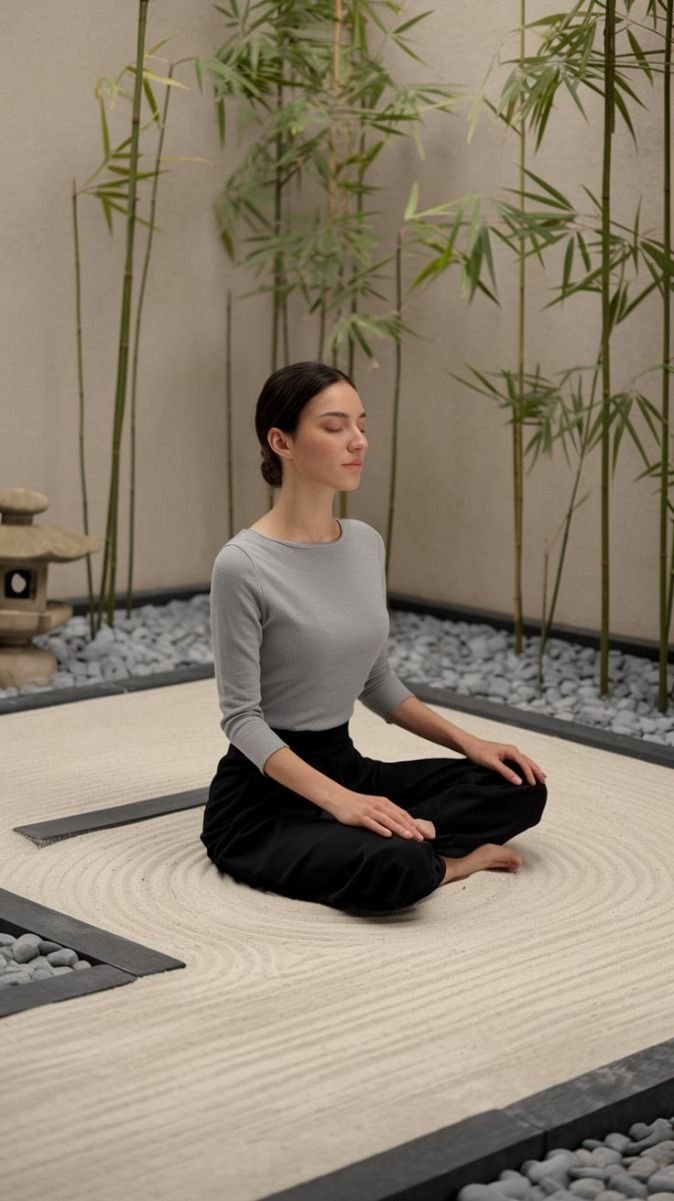Yoga and meditation, rooted in ancient Asian traditions, continue to play a crucial role in contemporary lifestyles across the region. As urbanization accelerates and stress-related health problems rise, these practices offer proven strategies for maintaining balance, resilience, and overall well-being. Below is a detailed look at how yoga and meditation empower modern Asian living, supported by current evidence and trends.
Addressing Urban Stress and Mental Health
With more than half of Asia’s population living in cities, residents face growing psychological pressures from fast-paced environments. Studies from the past five years confirm that mindfulness-based meditation significantly reduces symptoms of anxiety, depression, and burnout. In countries like Japan and Singapore, mindfulness programs have been integrated into workplaces and schools to improve emotional regulation and focus.
Strengthening Physical Health Naturally
Yoga, with its combination of movement, breathwork, and relaxation, offers a holistic way to address physical ailments common in modern settings, such as back pain, obesity, and hypertension. Research shows that regular practice enhances cardiovascular fitness, improves flexibility, and supports immune function. Governments in India and Thailand have even initiated public yoga events to promote preventive health.
Enhancing Productivity and Focus
Corporate wellness programs throughout Asia increasingly incorporate yoga and meditation to boost employee productivity. Evidence suggests these practices enhance cognitive performance by improving attention span, memory, and decision-making abilities. South Korea and Hong Kong report measurable gains in workplace efficiency after adopting mindfulness breaks during the day.
Fostering Community and Cultural Identity
In a rapidly globalizing world, yoga and meditation help reconnect individuals with their cultural roots. Community centers in Malaysia, Indonesia, and Vietnam organize collective sessions that strengthen social bonds while preserving traditional wisdom. This communal aspect also provides emotional support, combating isolation in densely populated urban areas
Accessible Practices for All Ages
Both yoga and meditation are adaptable to different age groups and fitness levels. Senior citizens in China and Japan benefit from gentle movements and breathing exercises tailored to their needs, reducing fall risk and enhancing mobility. At the same time, young professionals and students are adopting digital platforms offering guided sessions, making these practices more accessible than ever.
Supporting Sustainable Lifestyles
Modern Asian living increasingly values sustainability and mindful consumption. Yoga and meditation align with these values by fostering self-awareness and reducing dependence on material distractions for happiness. This mindset contributes to environmentally conscious decisions and healthier interpersonal relationships.
Modern Innovations With Ancient Wisdom
Technology has expanded the reach of yoga and meditation without diluting their essence. Apps and online courses enable busy urban dwellers to practice anywhere, while wearable devices track biofeedback to optimize sessions. Recent innovations also include hybrid approaches that combine yoga with high-intensity training or meditation with virtual reality for enhanced engagement.
Final Thoughts
Yoga and meditation remain indispensable tools for navigating the demands of modern life in Asia. By addressing mental, physical, and social dimensions of health, they provide sustainable solutions rooted in tradition yet adapted to contemporary challenges. Embracing these practices fosters resilience, productivity, and deeper cultural connection in today’s dynamic environments.
If you’d like, I can also provide a meta description, secondary keyword suggestions, and an internal linking plan to maximize SEO impact. Just let me know!




